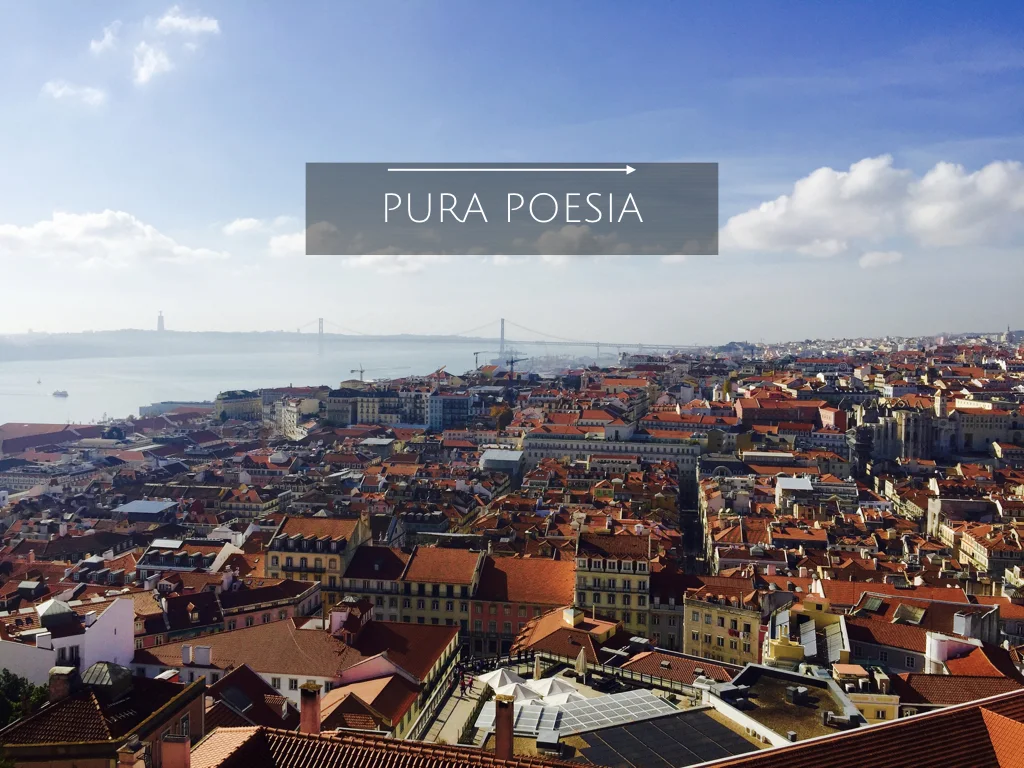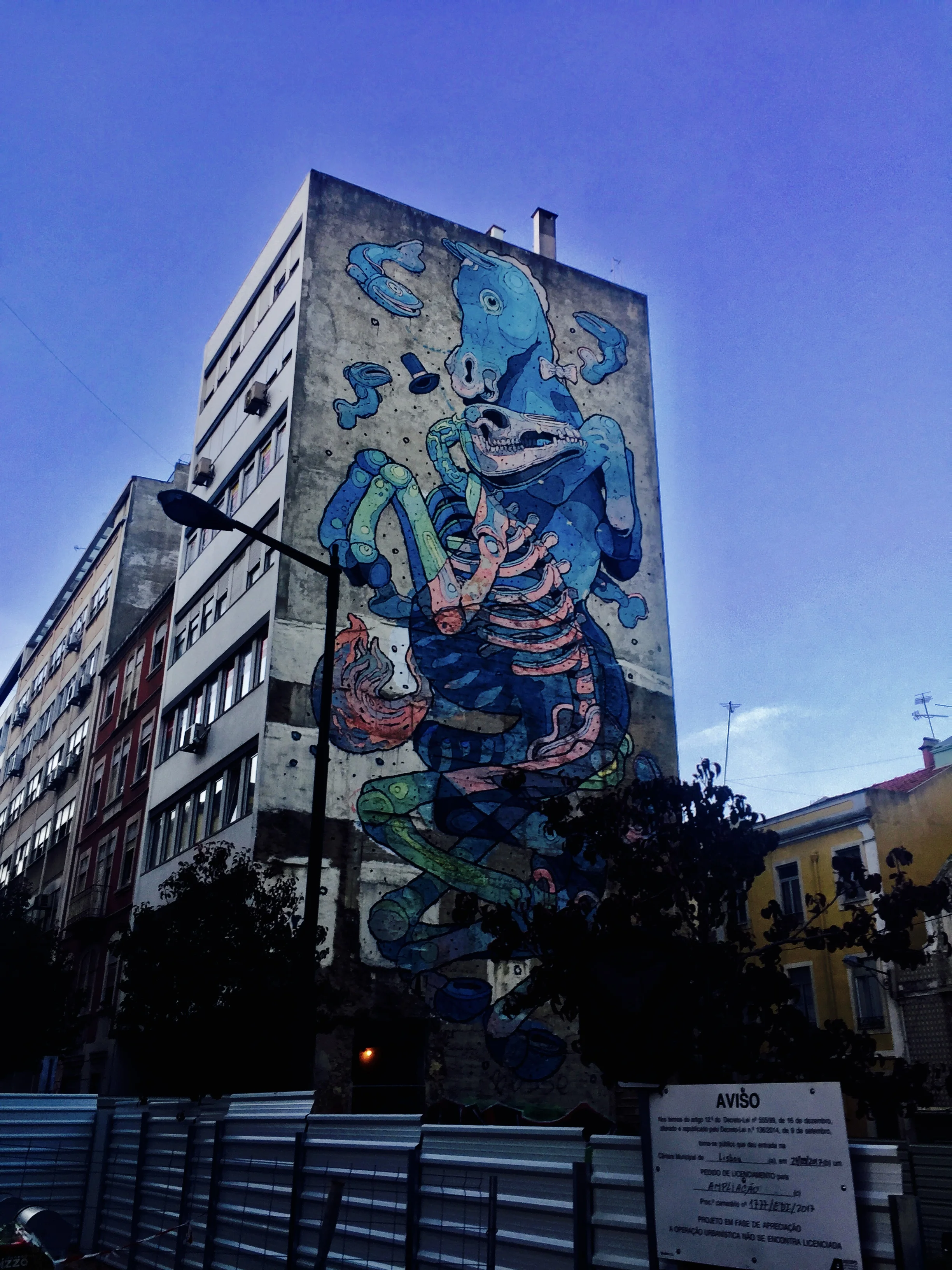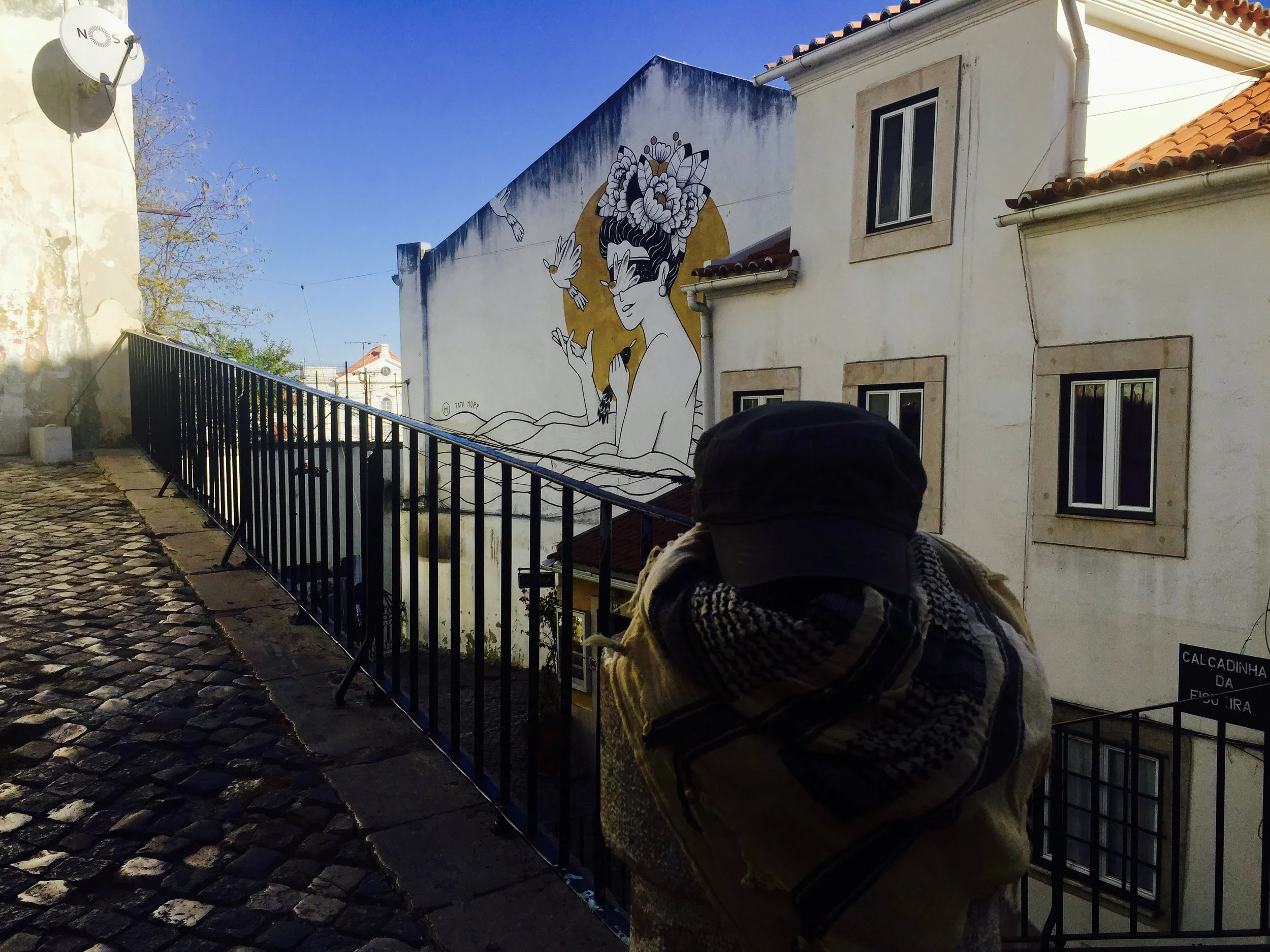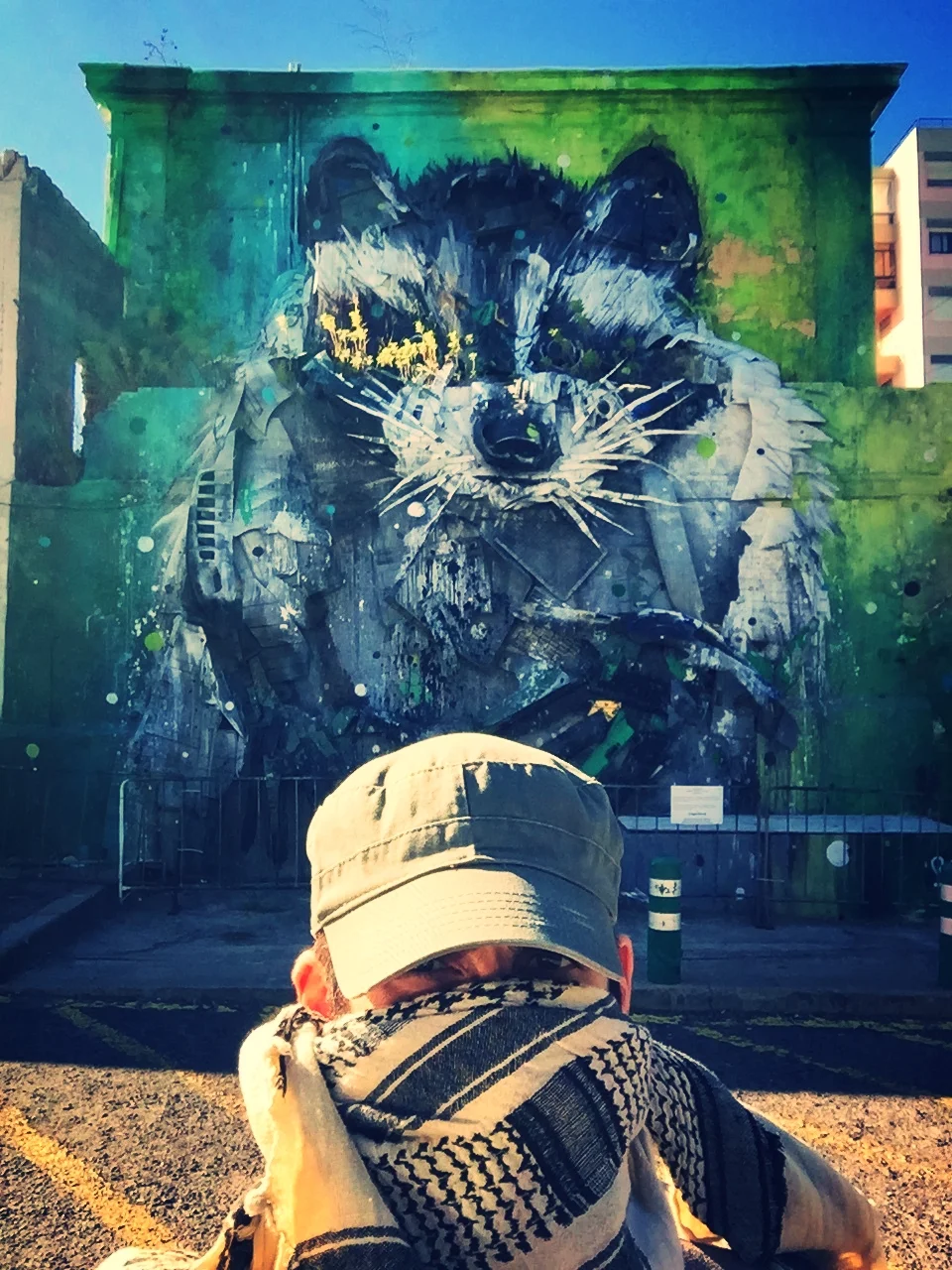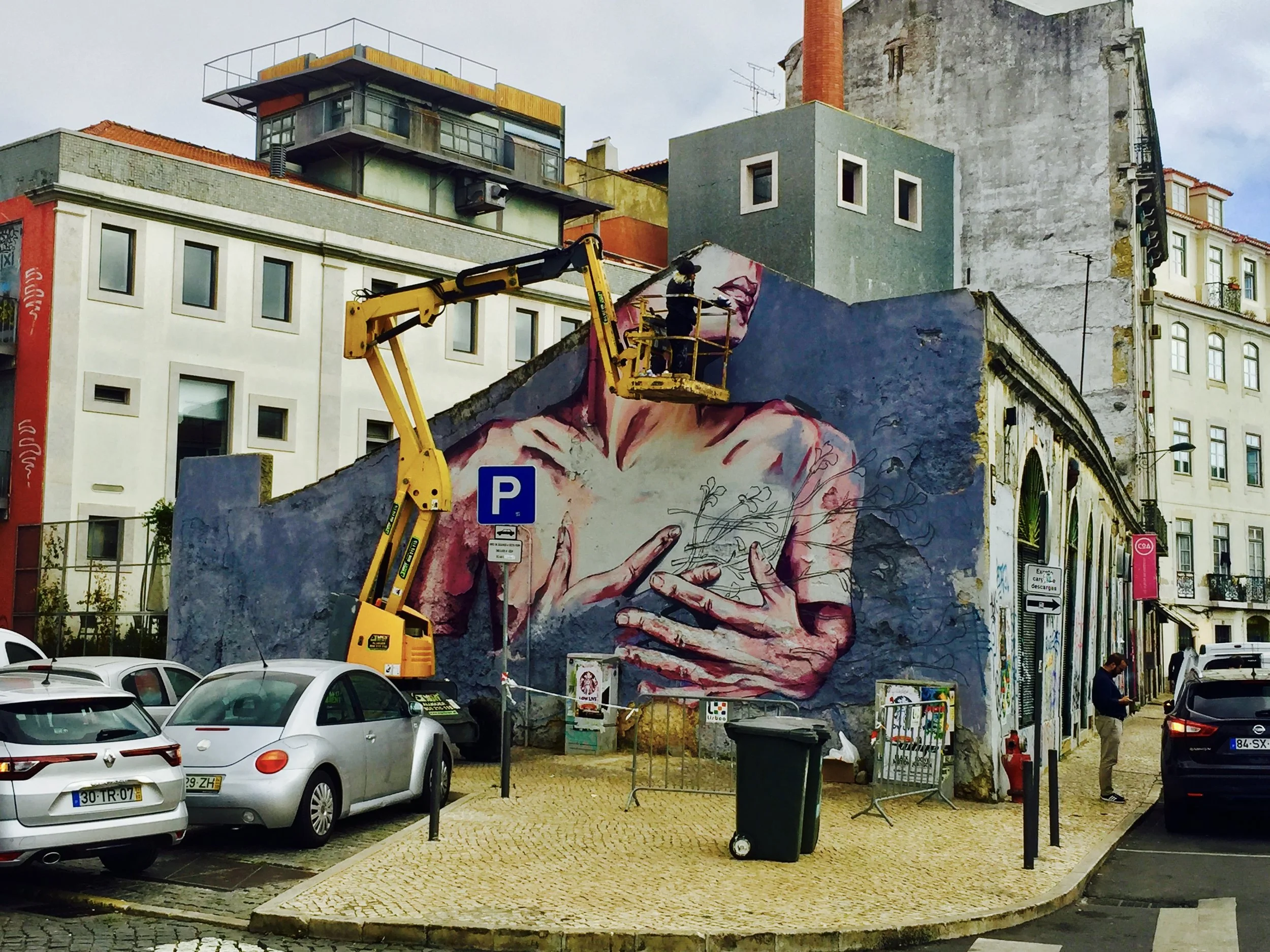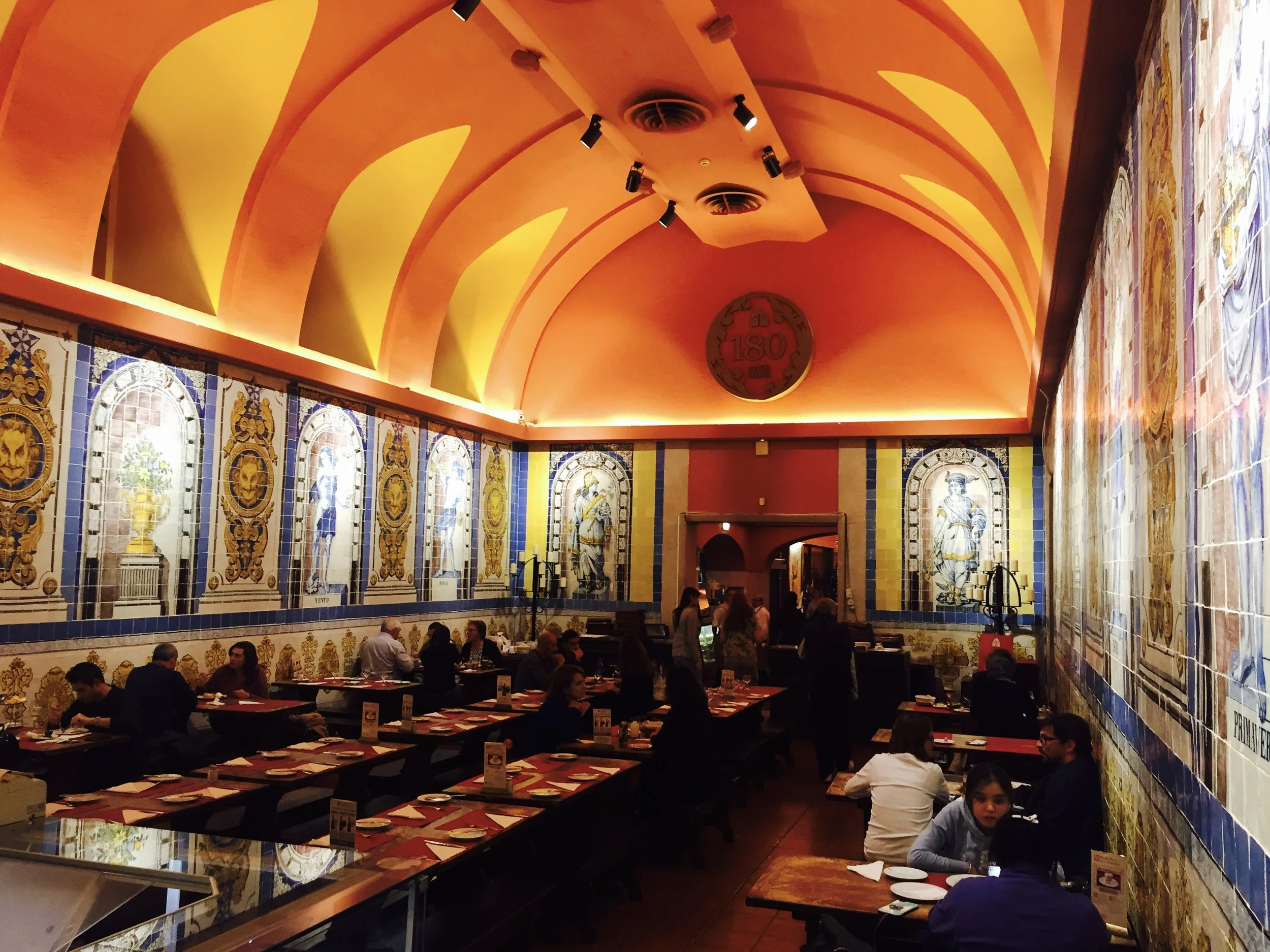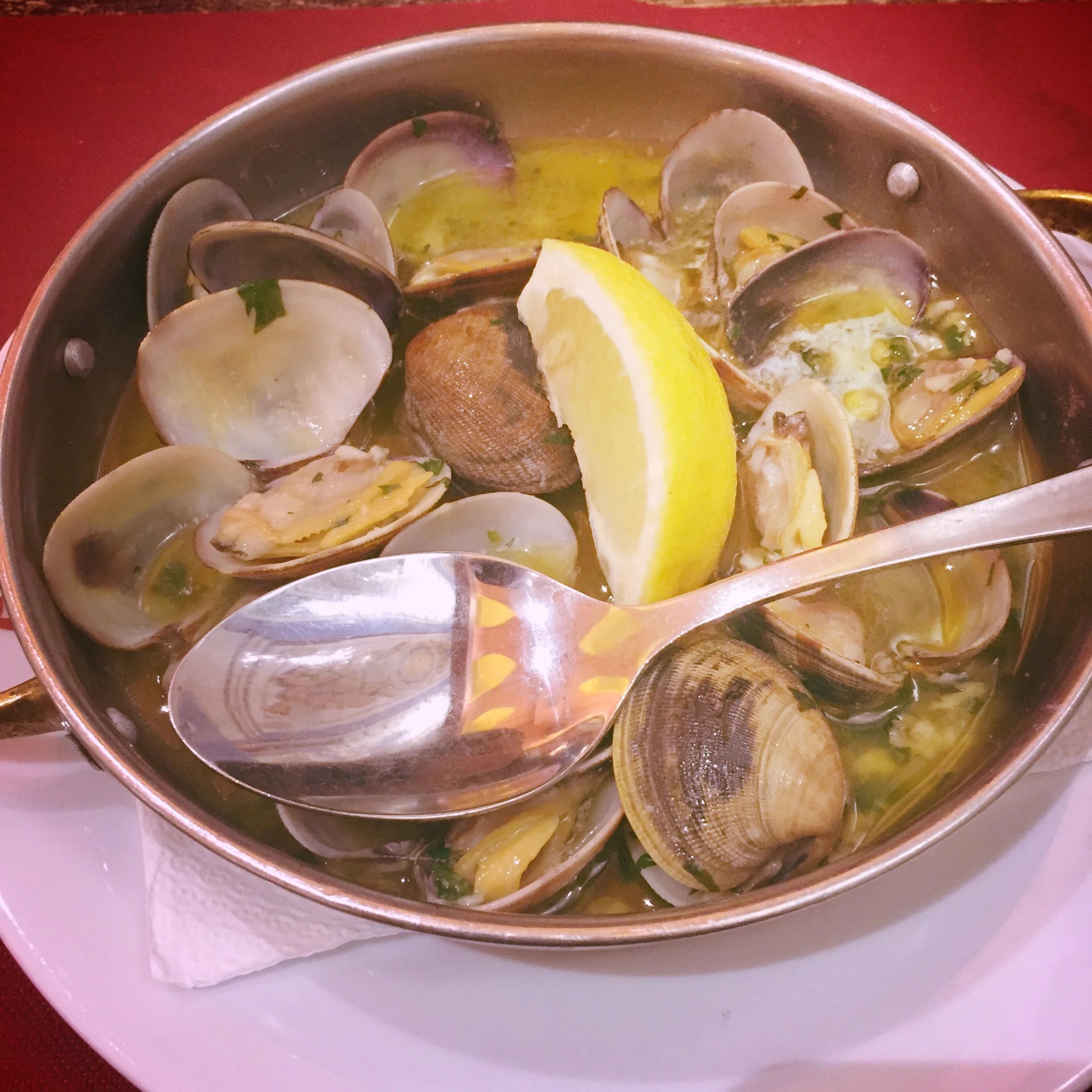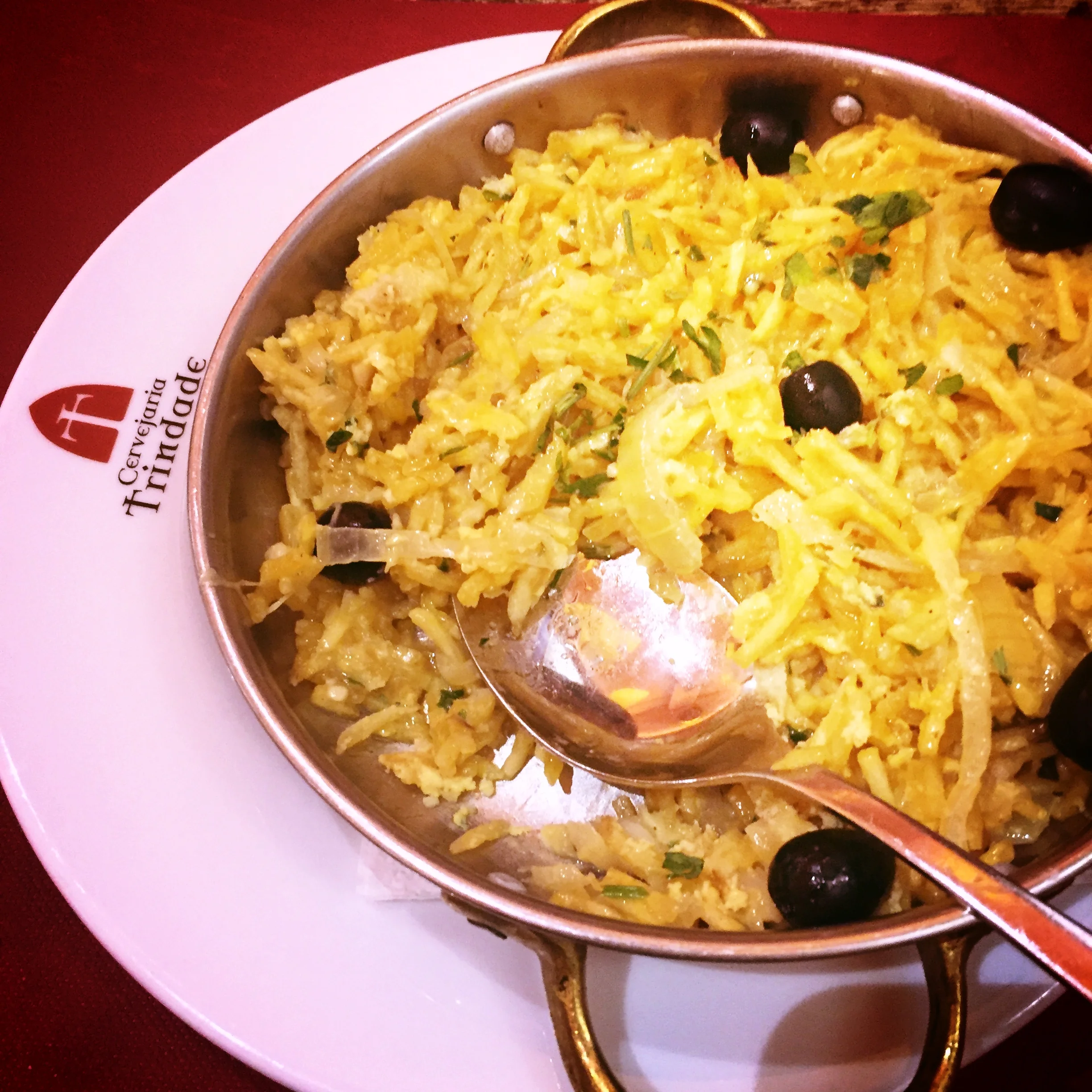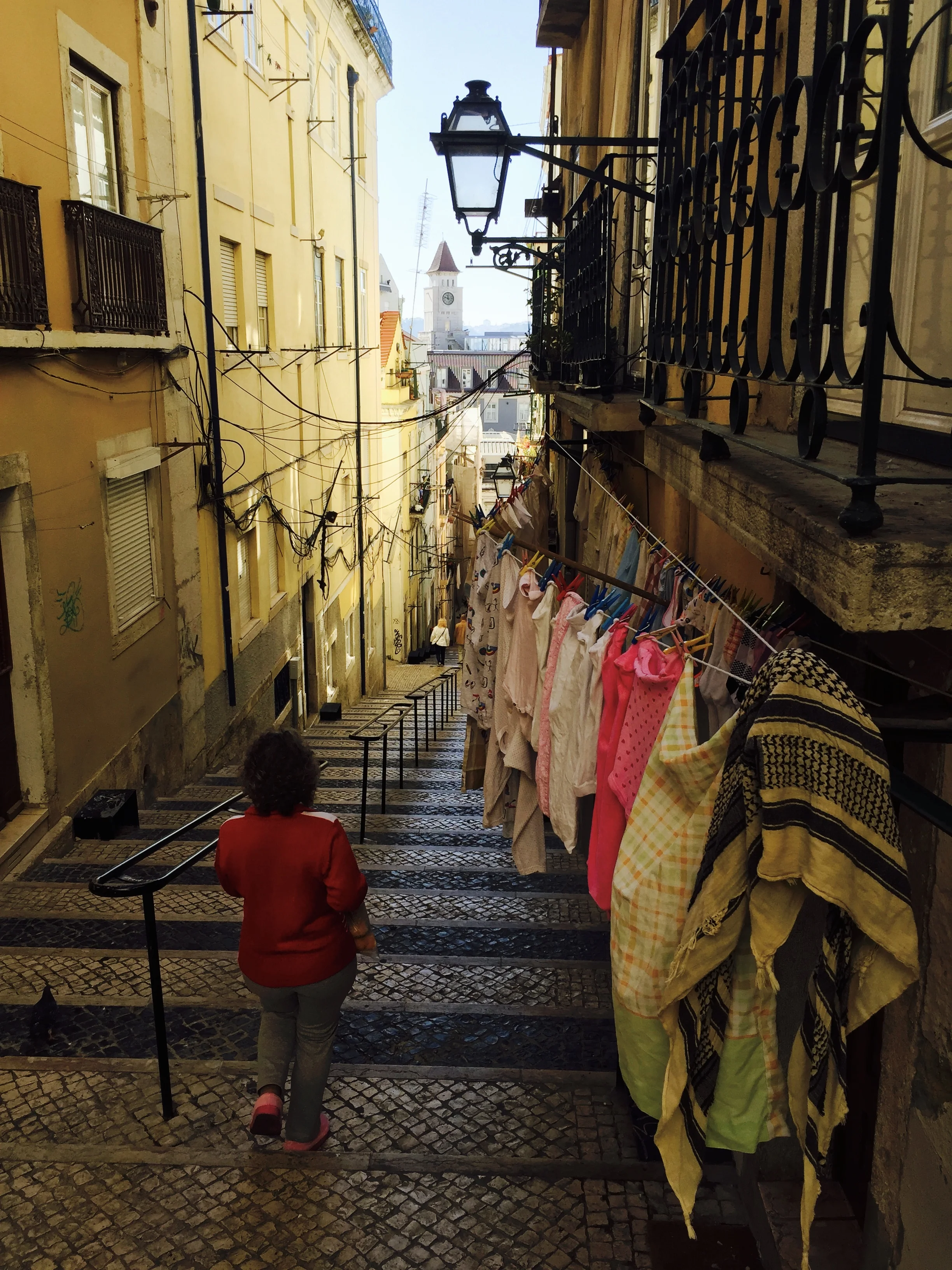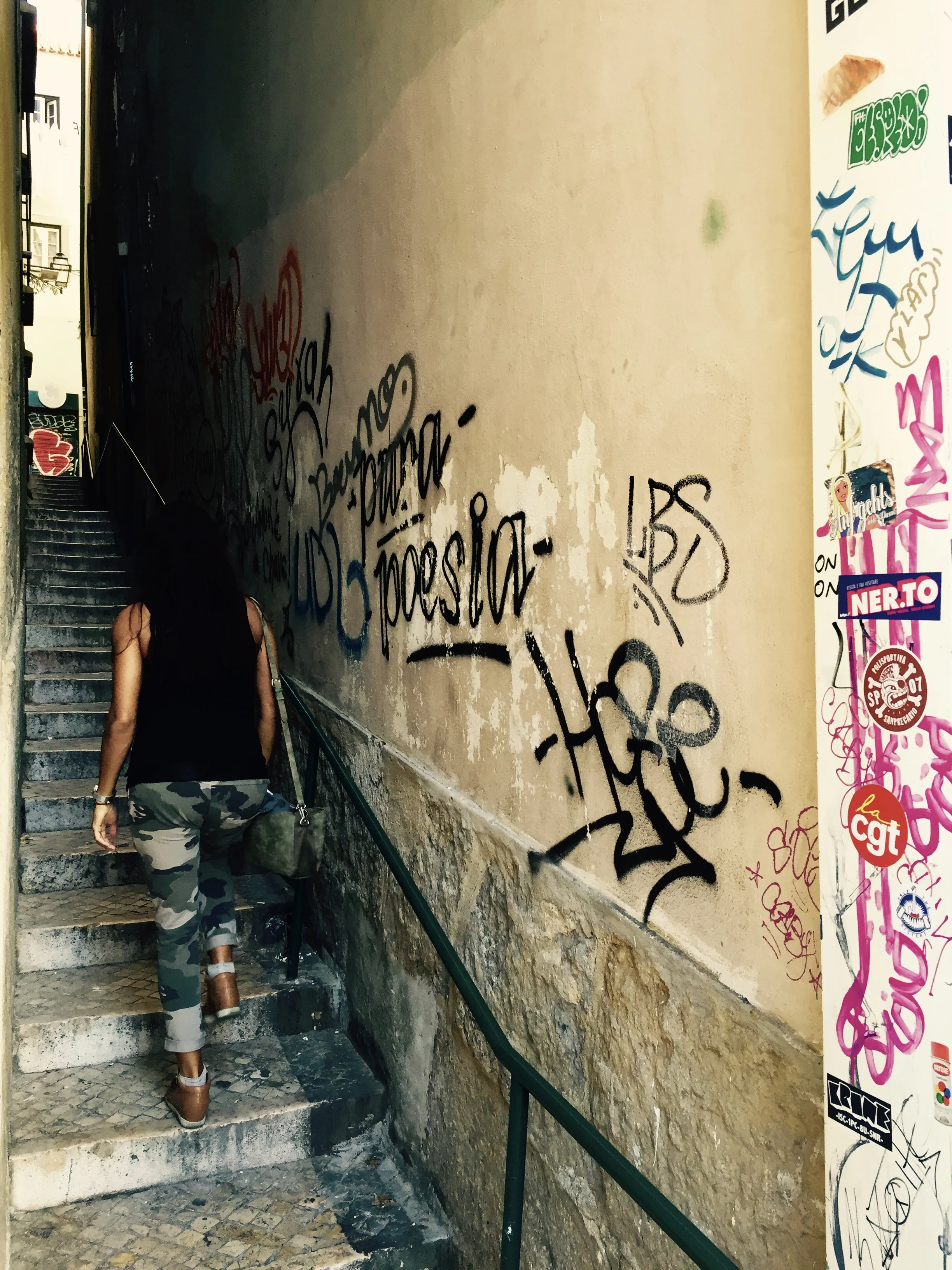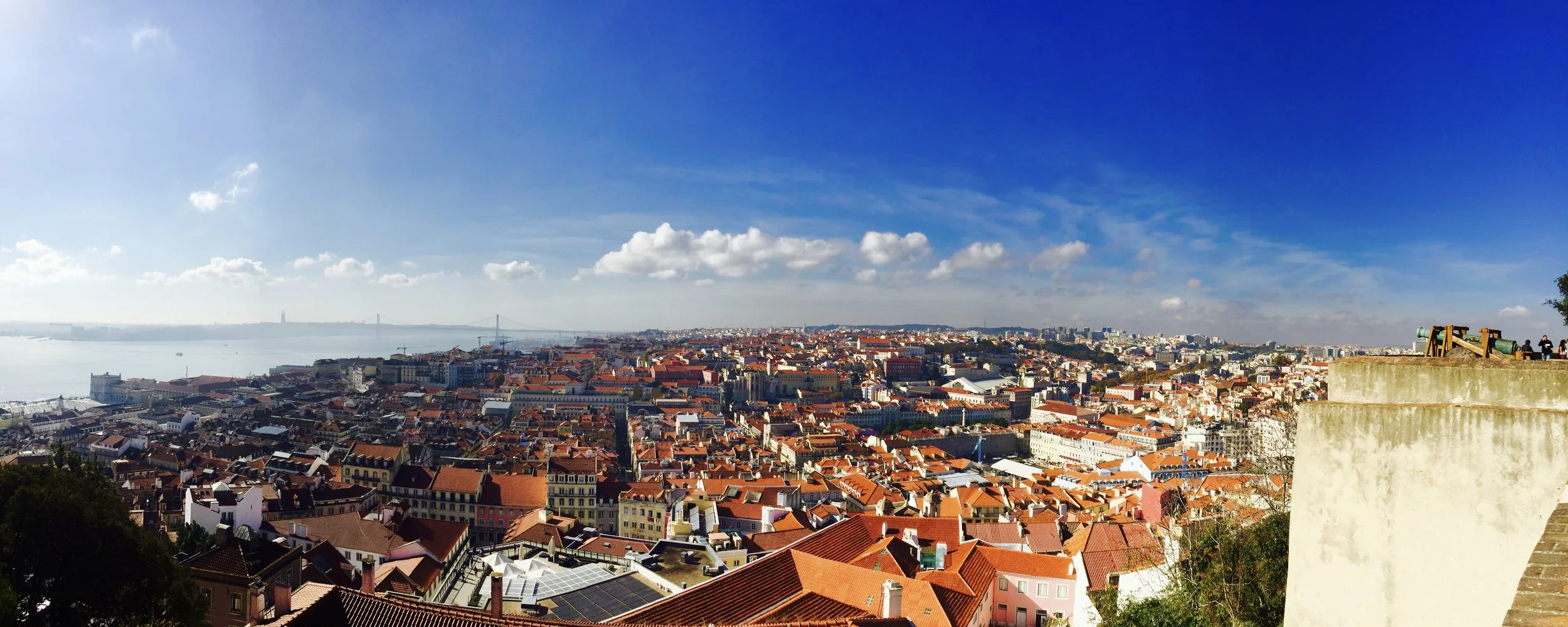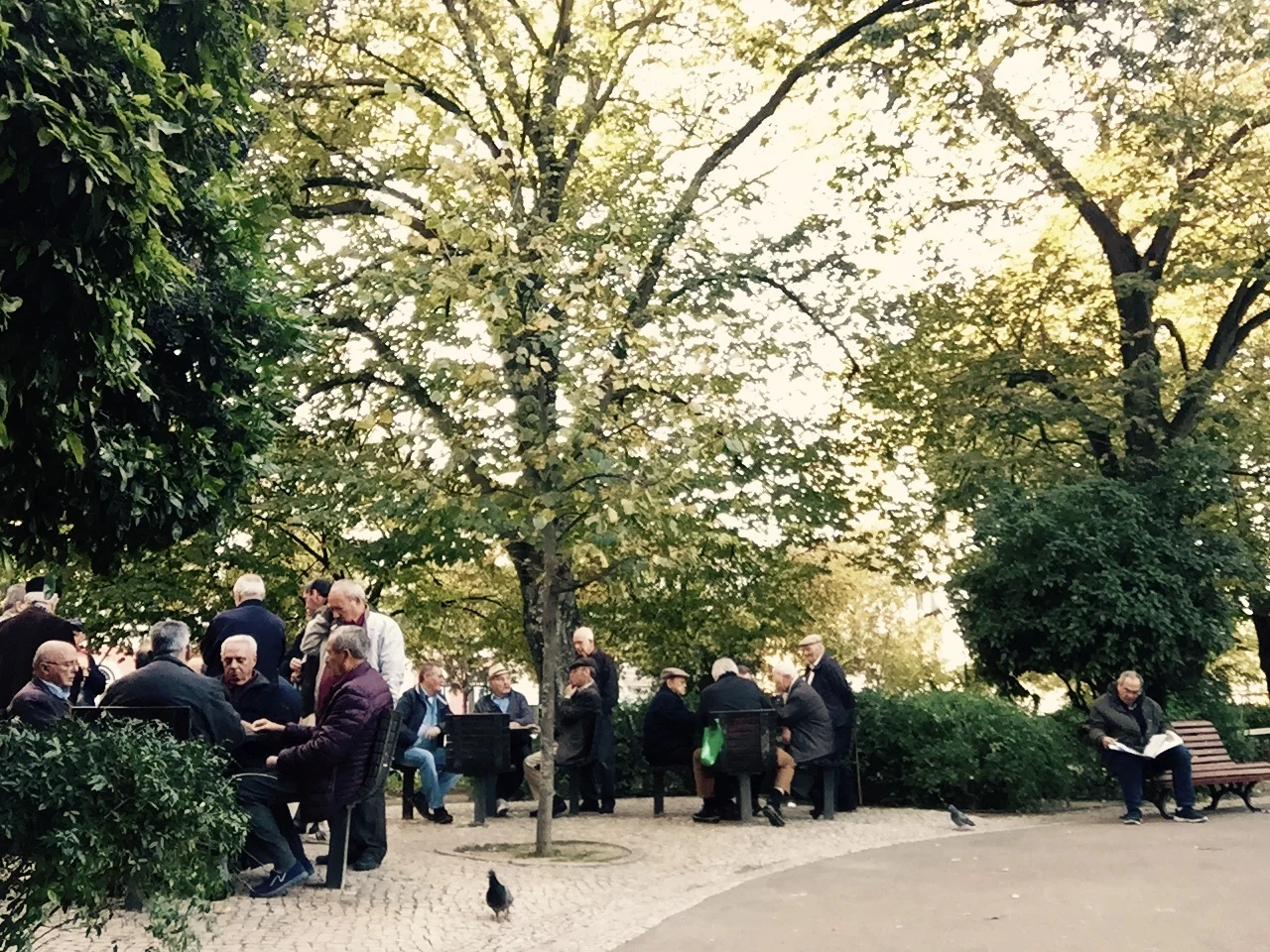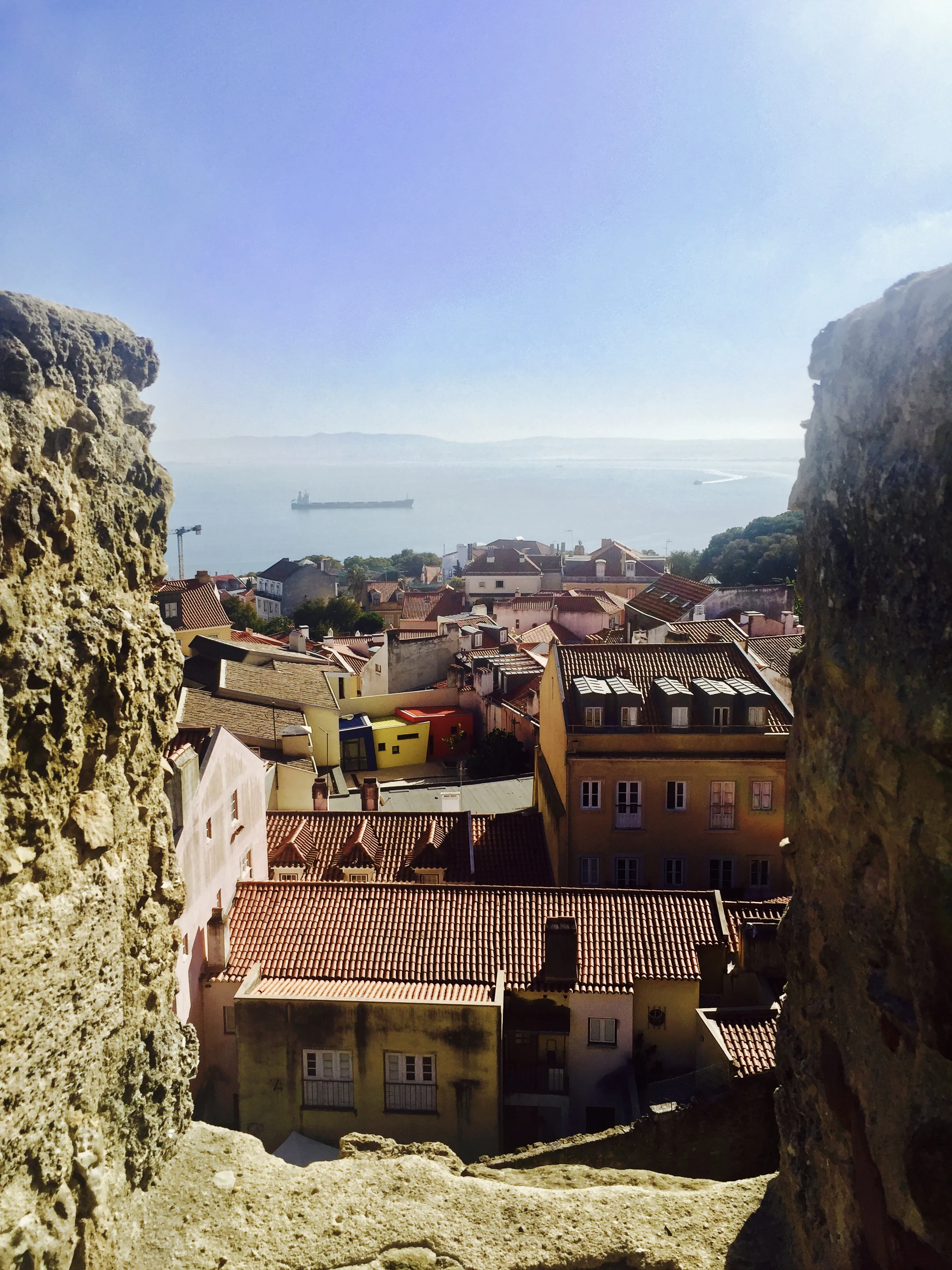As drifters, we constantly have our ear on the ground to feel the beat of the moment and get inspired for our next destinations. We started to perceive repeated signals of something special happening in Lisbon since a few years. The country was in a slump for some years during the 80s and 90s, but has since bounced back and become highly attractive to a wide variety of people from artists to business men, from designers to chefs, from Americans to Europeans… Somehow, though we have drifted throughout Europe we curiously had never made it to Portugal. The timing was right.
A major part of the chemistry that a drifter experiences with any place has to do with its place in the space time continuum of culture and ideas, in other words where does it fit in its ever elusive zeitgeist. To feel its pulse, it seems crucial to observe how it connects to its immediate environment and within the larger context, how its history and art resonates with the frequency of our times. This is the drifter’s ultimate rush, losing himself somewhere, penetrate its bone marrow, hear its heartbeat, taste its DNA and reach a state of flow in which his creative vision lights up and blooms on its tempo. It is supremely hard to explain, and almost impossible to bottle but when one achieves it, whatever he creates becomes timeless and unbelievably precious.
Our curiosity was therefore extremely aroused as we landed on Lisbon Portela Airport one late Saturday in the middle of November. Everything we knew of Portugal, from the food we had tasted in Portuguese restaurants, to the Fado we had listened, to the terrific surf spots we’ve heard about, to the bits of its long and glorious history we were familiar with, everything was an invitation.
It starts, as often, at the airport. People usually can't wait to leave but we always pay attention, lift our noses, amp up our ears, peel our eyes, initiating our discovery phase. Airports are fascinating places that send cryptic and involuntary messages about the city and country they serve and represent. They are all different in many ways and yet very similar in many others. Their design and architecture, the way they channel passengers, especially international ones, the way their immigration officers greet you, their public transportation options, the general mood they exhale, all inform the drifter. With time, we have developed the skill to identify patterns, gather precious information to tune in on the right frequency for our journey.
Portela Airport, also known as Humberto Delgado Airport was built during WWII and shows the marks of an old structure that has had to cope with massive passenger growth. There are two terminals which have been continuously upgraded and expended… as if in urgency, to cope with rising waters it was struggling to contain. We land and actually deplane on the tarmac, taking a bus to the terminal… This is no common any longer in major capital hubs. Last time we did this was in the tiny post-stamp airport of a Caribbean island... maybe Turcs & Caicos. Back to the future! Inside, layout seems circumvallated and complex as many others in Europe. As we exit passenger zone and enter the main halls, we try to find our bearings and identify if we are in terminal 1 or 2, and where to best get public transportation into the city. A large bakery “Padaria Lisboa”, is standing almost directly opposite the international arrival exit. It smells good, the breads look fantastic, and the customers smiling sipping coffee. As we walk around following the signs, we get disoriented a couple of times, finding ourselves in apparent dead-ends of the departure area then towards Terminal 1’s parking. When we finally make it to the point of access of the public transportation, our general feeling is one of joyful disorganization, or to be fair, of an organism that has its own inscrutable logics and dynamics that has grown overtime to adjust to unforeseen challenges. It is close from the city center (less than 6 miles).
We have chosen to stay in the eastern part of the city, up the hillside close from the Castelo Sao Jorge in the bairro (neighborhood) Alfama on the eastern side. The ride is short, about twenty minutes with normally dense traffic. The more recent outskirts of the city, with their block buildings and suburban feel do not look as run down and grim as many of their European counterparts. We also note a vivid street art activity with many murals and graffitis, some of them quite impressive.

